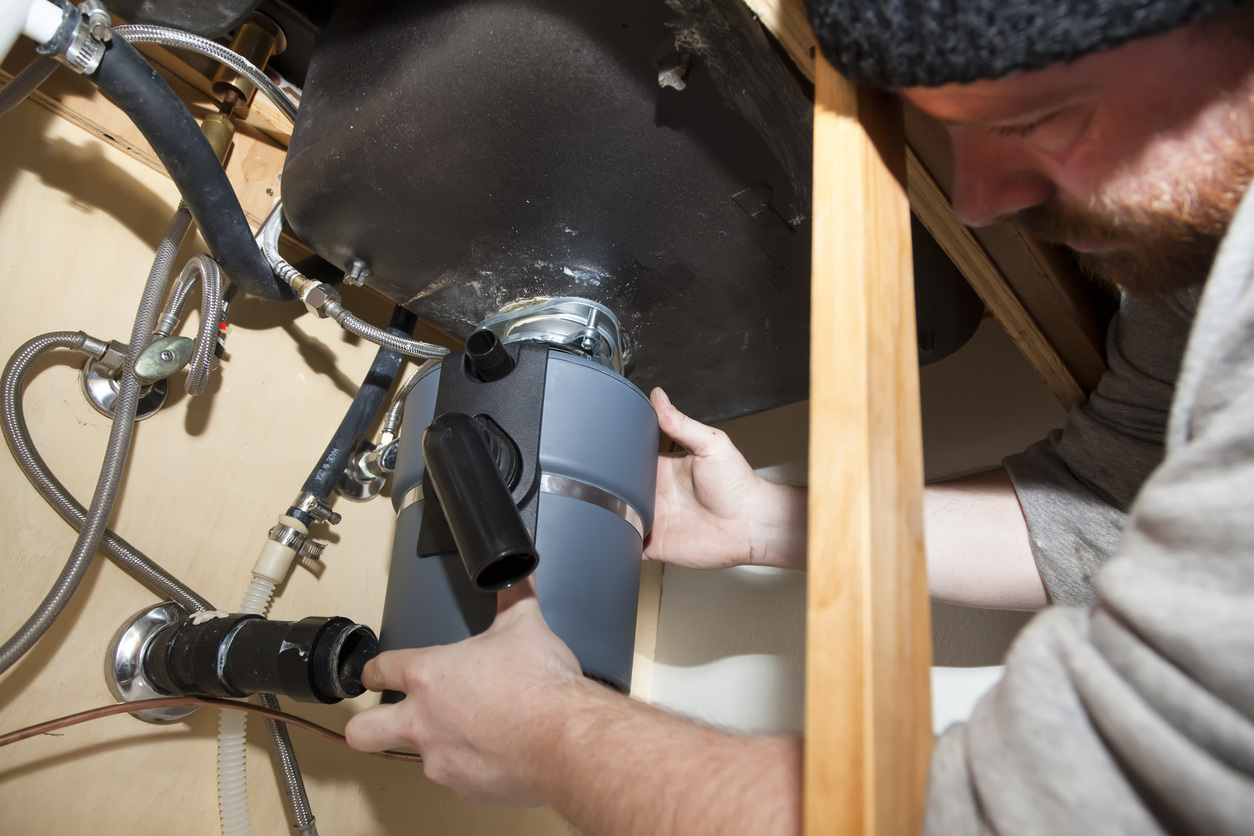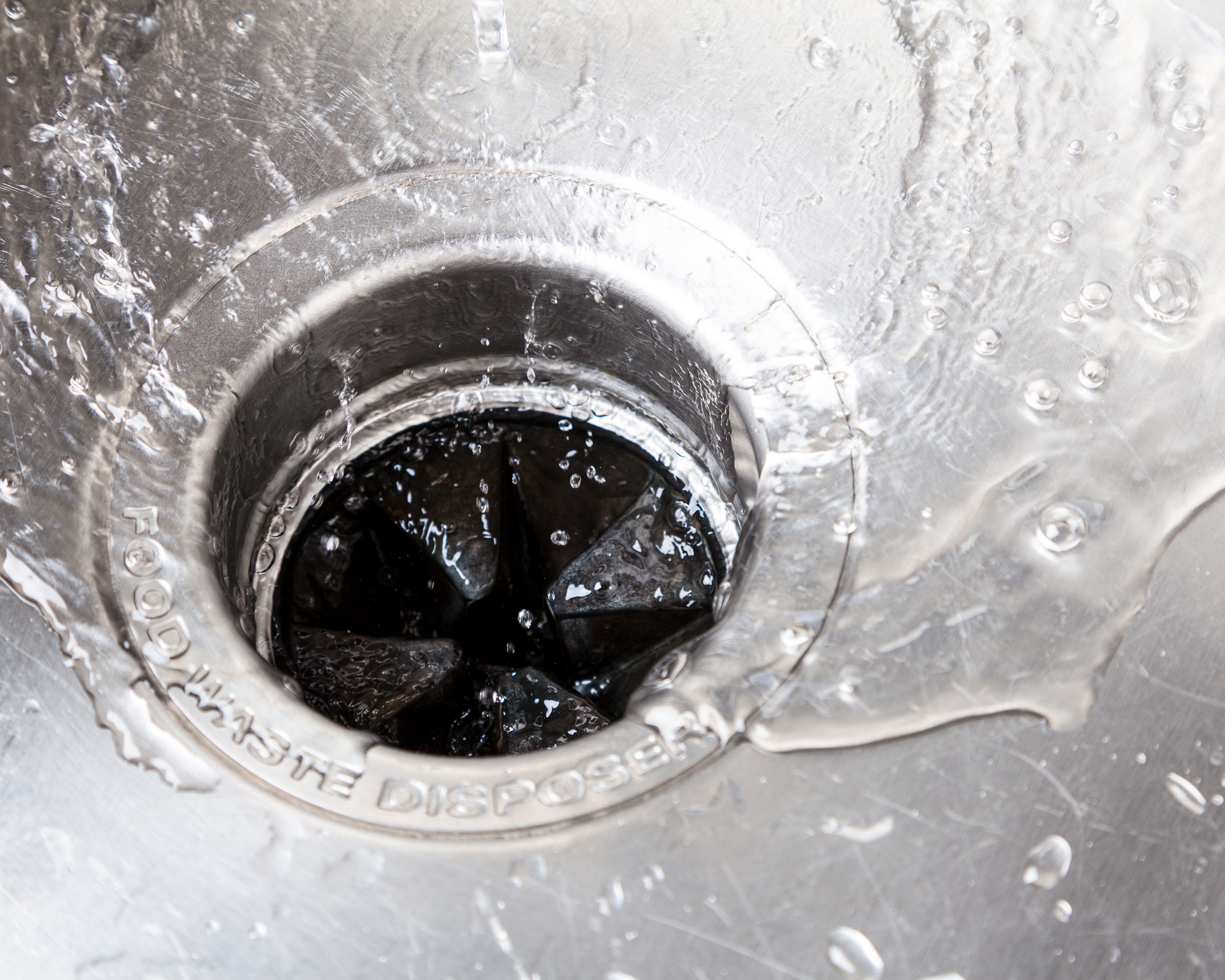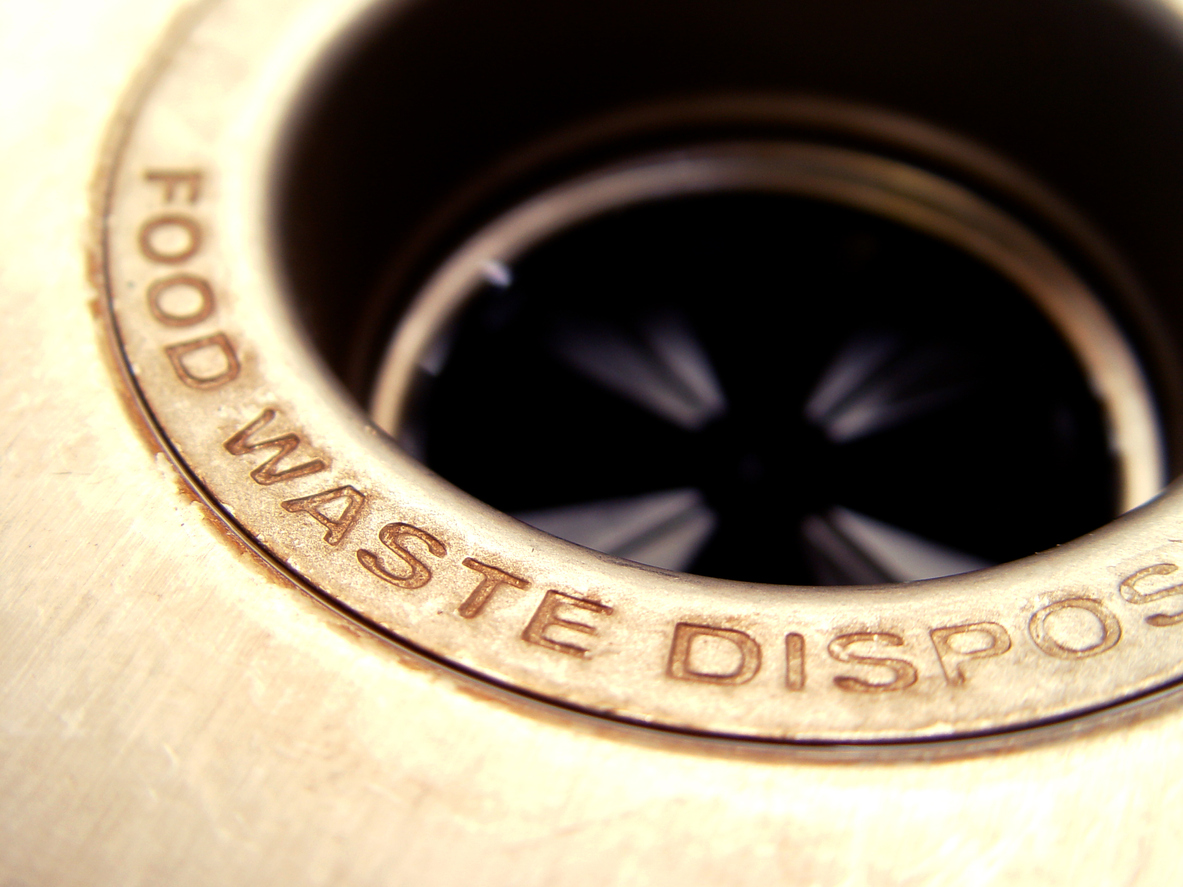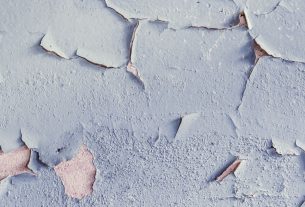If you put stringy things down your garbage disposal, like large amounts of carrot peels or coffee grounds, it can clog. And, if you want to unclog it yourself instead of hiring a plumber, here’s an easy guide to help you.
Materials you might need:
- A flashlight
- A pair of pliers
- A plunger
- Some distilled white vinegar
- Baking soda
Instructions on how to unclog a garbage disposal:
 Step 1:
Step 1:
So, the first stage includes switching off the breaker that controls your disposal.
Step 2:
After you’ve shut off the breaker, shine a flashlight into the jammed disposal. Do you see anything that could be causing the clog? If this is the case, carefully collect these things and clear the path with a set of long-handled tongs or pliers. Switch the breaker back on and then switch on the disposal once all visible things have been removed. (It may be essential to press the disposal’s reset button.) If it drains water and operates well, praise yourself and be sure to tell everyone it took hours to fix (joking); otherwise, proceed.
Step 3:
Switch off the breaker once again. With no more foreign things to collect, it’s time to look at another possible reason for the clog: leftovers. When food isn’t broken down sufficiently to be drained out of the drainpipe, it might clog trash disposals. In these cases, using a plunger to dislodge food that has clogged the disposal is beneficial.
Allow water to cover the plunger’s edge and plunge the drain a few times after completely covering the drain with the plunger. When completed, check to see whether water drains—this is a strong indication that scraps will as well. If this is the case, activate the breaker and disposal to determine if the food residues may now be processed through the drainpipe. If it works, you may add another medal to your DIY award collection. If not, it could be time to make a cocktail for the clogged drain.
Step 4:
Pour around one-quarter cup of baking soda into the garbage disposal while making sure the breaker and disposal are both turned off. Pour 1/2 cup of white vinegar over the little pile and be ready for fizz and froth. Harsh drain cleansers can be harmful since many trash disposals have plastic components. Baking soda and vinegar eventually provide the same sort of unclogging power, although on a much softer scale.
Restart the breaker and the disposal after 5 to 10 minutes. After that, run hot water through the disposal for a few minutes. (Again, the reset button may be required to get things going.) If everything is in order, call it a day and prepare yourself a cocktail this time. If not, you may want to consider hiring a professional as a last option.
Step 5:
Shut everything off and contact a plumber. But the task isn’t over when your specialist fixes the problem and leaves. Remember to throw half a lemon in the disposal every 2 to 3 weeks to maintain the blades running correctly and the disposal smelling as fresh as your newfound appreciation for plumbers—this 2-minute maintenance can save you hours of trouble down the line.
Best Tips to Keep Your Garbage Disposal in Good Shape:

- If you don’t have any leftover food to grind, you should run the appliance with cold water to protect the blades from rusting due to inactivity.
- Avoid throwing any starchy or fibrous leftovers down the drain.
- If you have to remove any scraps from the garbage disposal, never use your fingers, make sure to remove them with tongs or pliers.
- If you have to clean your garbage disposal, do not use bleach or any other commercial drain cleaners. It’s better to combine a half-cup of baking soda with a cup of distilled white vinegar and then use it to clean the disposal.



